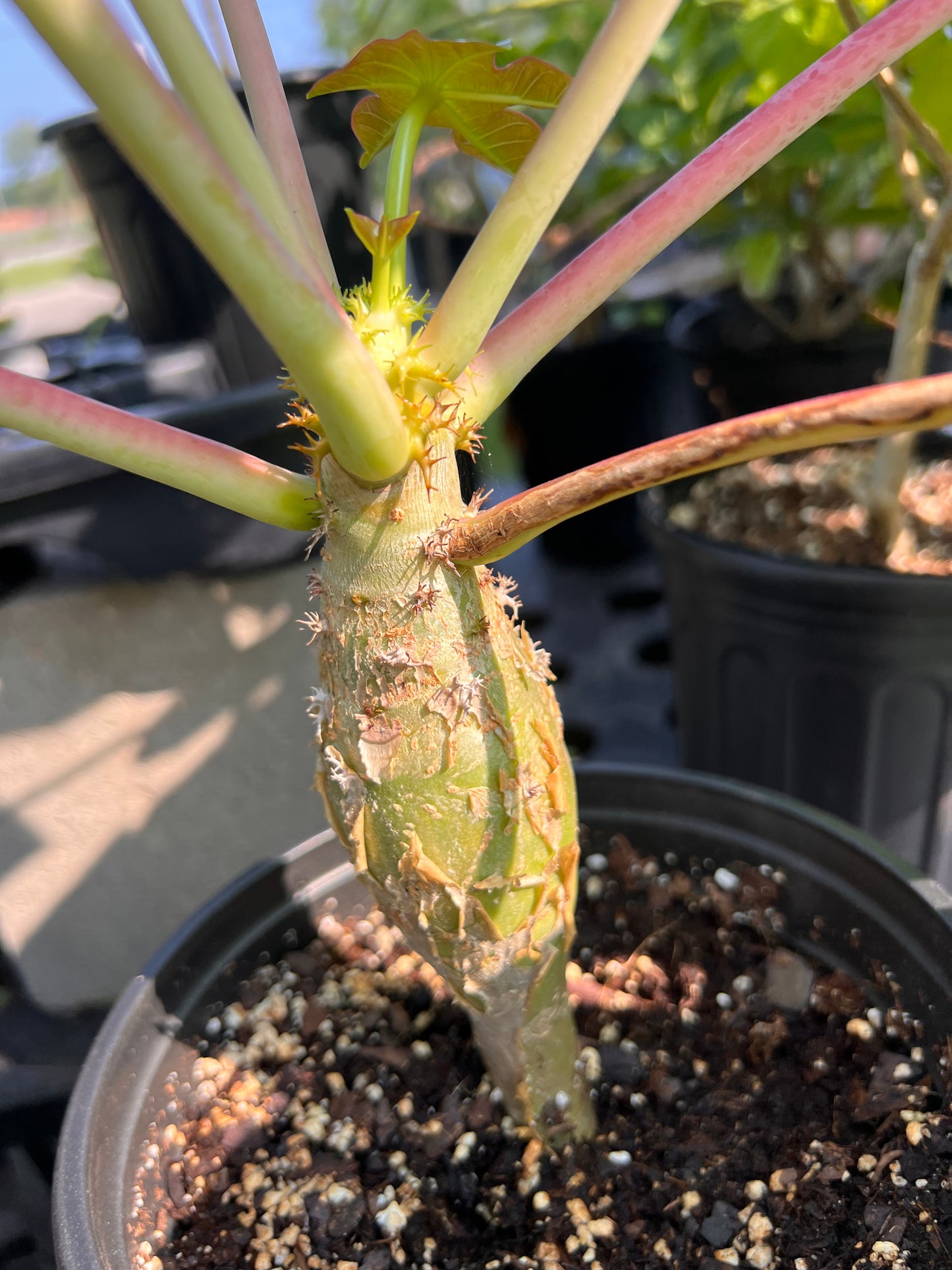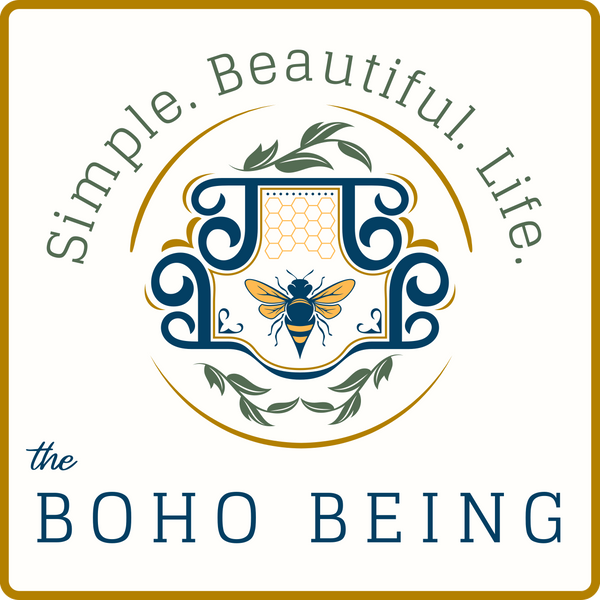Buddha Belly
Buddha Belly
The Buddha Belly Plant (Jatropha podagrica), also known as "Gout Plant," "Bottle Plant," or "Nettle Spurge," is an intriguing succulent known for its swollen, belly-like stem and vibrant red or coral flowers. It's a relatively easy plant to grow, especially for those who enjoy cultivating unique and unusual plants.
Climate and Growing Zones
- USDA Hardiness Zones: The Buddha Belly Plant is best suited for USDA zones 9-11. In these zones, it can be grown outdoors year-round. In cooler climates, it’s typically grown as a houseplant or in containers that can be brought indoors during the winter.
- Temperature: This plant prefers warm temperatures between 65-85°F (18-29°C). It is not frost-tolerant and should be protected from temperatures below 50°F (10°C).
Light Requirements
- Indoors: Place the Buddha Belly Plant in a location with bright, indirect light. It can tolerate some direct sunlight, especially in the morning, but too much direct sun can scorch its leaves.
- Outdoors: If grown outdoors, choose a spot with full sun to partial shade. It thrives with a few hours of direct sunlight, preferably in the morning or late afternoon.
Soil Requirements
- The Buddha Belly Plant prefers well-draining soil. A cactus or succulent potting mix works well. You can also mix regular potting soil with sand or perlite to improve drainage.
Watering
- Indoors: Water the plant when the top 1-2 inches of soil feel dry. During the growing season (spring and summer), water more frequently but always allow the soil to dry out between waterings. In the winter, reduce watering significantly, as the plant enters a dormant period and requires less moisture.
- Outdoors: Water deeply but infrequently. Like most succulents, the Buddha Belly Plant is drought-tolerant and does not like to sit in waterlogged soil.
Humidity
- The Buddha Belly Plant is not fussy about humidity and can adapt to the average indoor humidity levels. It does well in both dry and moderately humid environments.
Fertilization
- Feed the plant with a balanced, water-soluble fertilizer diluted to half strength once a month during the growing season. Avoid fertilizing in the winter when the plant is dormant.
Pruning and Maintenance
- Pruning: The plant doesn’t require much pruning, but you can remove any dead or yellowing leaves to maintain its appearance. If it becomes leggy, you can trim back the stems to encourage bushier growth.
- Repotting: Repot the plant every 2-3 years or when it becomes root-bound. Choose a pot that is slightly larger than the current one, and ensure it has drainage holes to prevent waterlogging.
Pests and Diseases
- The Buddha Belly Plant is generally pest-resistant but can occasionally be affected by spider mites, mealybugs, or aphids. Treat infestations with insecticidal soap or neem oil.
- Overwatering can lead to root rot, so it’s crucial to allow the soil to dry out between waterings.
Additional Tips
- Container Growing: The Buddha Belly Plant grows well in containers, making it a great choice for patios, balconies, or indoor spaces. Choose a pot with drainage holes, and avoid over-potting, as the plant prefers to be slightly root-bound.
- Dormancy: In winter, the plant may drop its leaves and go dormant. During this time, reduce watering and avoid fertilizing. It will start to grow again in the spring
Couldn't load pickup availability






